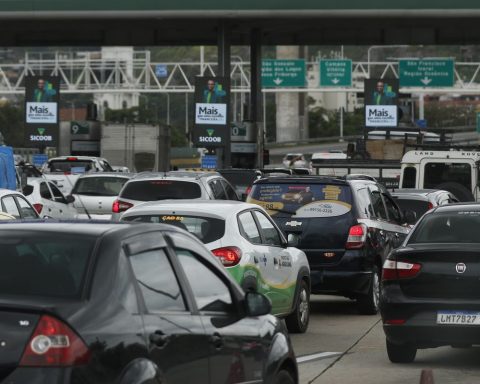The Brazilian public sector recorded a budget surplus of BRL 358 billion in 2021, a result that derives from the approximately BRL 6.3 trillion in budget revenues obtained throughout the year; and R$5.95 trillion recorded in expenses. The figures are included in the National Public Sector Balance, released by the National Treasury Secretariat.
The National Public Sector Balance (BSPN) is an annual publication that presents the consolidated accounts of the entire federation, covering the Executive, Legislative and Judiciary branches, as well as the Public Ministry and the Public Defender’s Office. It includes both the federal, state, municipal and district spheres.
Based on this information, it is possible to have more in-depth knowledge about the equity situation of the Brazilian public sector, as well as its flows.
According to the National Treasury, the number of municipalities that contributed to this database in 2021 was the highest in the historical series. “Of the 5,568 existing municipalities, only 307 did not participate in the consolidation, either because they did not submit their Annual Account Statements (DCA) by May 24, 2022 or because they presented relevant inconsistencies in the quality of the information sent”, informed the agency’s secretariat. .
Revenues and expenses by competence
Revenues on an accrual basis are obtained through taxes, contributions, financial income, gains on assets and write-offs of liabilities, reversal of provisions and “other income”. In 2021, this type of revenue increased by 8.66% compared to the previous year, reaching BRL 6.213 trillion.
According to the balance sheet, this increase largely refers to an increase in the item “taxes”, which added another R$ 371 billion, compared to 2020. “Part of this increase is also due to the item ‘other income’, with R$ 255 billion; ‘contributions’, with R$ 165 billion and ‘gains from assets and write-off of liabilities’, with R$ 163 billion”.
The result was also influenced by the “reversal of provisions of R$ 469 billion, largely from state data”.
Expenses by accruals stood at BRL 6.235 trillion in 2021. According to the balance sheet presented by the National Treasury, this amount represents an increase of 2.3% (or BRL 142 billion) compared to 2020.
The item “financial expenses” increased by R$365 billion, while “losses with assets and assumption of liabilities” increased by R$200 billion. The item “other expenses” increased by R$145 billion and that of “personnel and charges” was responsible for an increase of R$45 billion.
Spending on “social security and assistance benefits” fell by R$ 189 billion, compared to what was executed in 2020.
As a result, the total result for the period was in deficit of R$ 21 billion, a value that, according to the Treasury, is “expressly lower” than the consolidated deficit recorded in 2020 (R$ 374 billion).
“This decrease in the deficit was mainly due to an increase in revenue from taxes and contributions, in addition to a reduction in spending on social security and assistance benefits”, justifies the National Treasury Secretariat.
equity values
With regard to consolidated equity values, the balance sheet presented total assets close to R$9 trillion – in exact amounts, R$8.992 trillion. This “total asset” represents the sum of assets and rights. According to the balance sheet, in 2021 the balance increased by 11.79%, compared to the BRL 8.04 trillion recorded in 2020.
This total amount comprises the R$ 2.756 trillion recorded in active, tax and non-tax debt credits, among others; BRL 2.852 trillion in movable assets (motor vehicles in general) and real estate (land, buildings and infrastructure assets); R$ 2.332 trillion in cash and cash equivalents, comprising resources from the Treasury’s single account and other bank deposits; and R$ 1.052 trillion in participations in state-owned companies and other assets.
Total liabilities, which represent the sum of present obligations, amounted to R$ 14.344 trillion. According to the balance sheet, the balance recorded in this year increased by 7.37%, compared to the R$ 13.359 trillion recorded in 2020.
This consolidated amount comprises R$7.998 trillion in financing in the form of public securities and contractual debt; R$5.406 trillion in liabilities related to social security systems; and R$940 billion related to “other obligations”.
As a result, the uncovered liability, which represents equity, is negative by R$5.353 trillion. This residual value arises from the assets of public entities, after deducting all their liabilities. “This amount also includes the result for the period and the adjustments for the exclusion of balances from reciprocal transactions between the entities of the federation”, explains the National Treasury.

















